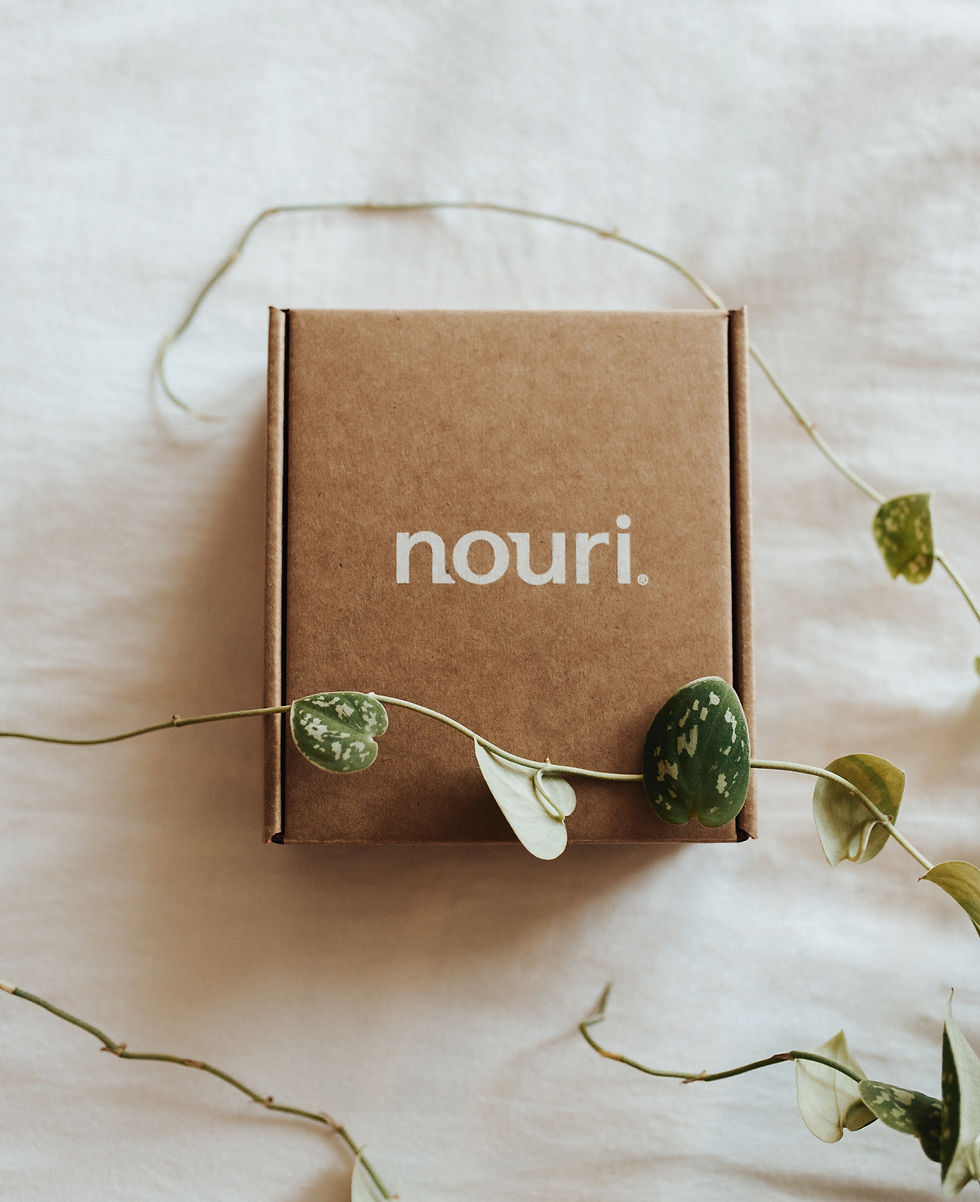In today's fast-paced and increasingly linked world, supply chains must be efficient and transparent. As businesses struggle to meet consumer demands for fast delivery and high-quality products, smart packaging emerges as a game changer.
This blog investigates the role of smart packaging in modern supply chains, focusing on its advantages, technology, and future potential.
What is Smart Packaging?
Smart packaging are creative package solutions that use modern technologies like sensors, RFID tags, and QR codes to improve product safety, traceability, and consumer involvement. Unlike traditional packaging, which primarily serves as a protective barrier, smart packaging actively communicates with users and supply chain stakeholders, providing real-time updates on the product's condition and route.
Key Benefits of Smart Packaging in Supply Chains
1. Enhanced Traceability
One of the most significant advantages of smart packaging is its ability to improve traceability throughout the supply chain. With embedded sensors and digital identifiers, businesses can track products from production to delivery. This end-to-end visibility allows for:
Real-Time Monitoring: Stakeholders can monitor the location and condition of products at any stage of the supply chain.
Quick Issue Resolution: If a problem arises—such as a delay or temperature fluctuation—companies can quickly identify the source and take corrective action.
2. Improved Efficiency
Smart packaging streamlines various processes within the supply chain, leading to increased efficiency. Here’s how:
Automated Inventory Management: RFID tags enable automated tracking of inventory levels, reducing manual errors and optimizing stock management.
Reduced Waste: By monitoring product conditions (e.g., temperature or humidity), smart packaging helps prevent spoilage and waste, particularly in food and pharmaceuticals.
3. Cost Savings
Implementing smart packaging can lead to significant cost savings for businesses:
Minimized Losses: Enhanced traceability reduces the risk of lost or stolen products during transit.
Optimized Logistics: Real-time data allows for better route planning and resource allocation, ultimately lowering transportation costs.
4. Consumer Engagement
Smart packaging also enhances consumer interaction with products:
Interactive Features: QR codes or NFC tags can provide consumers with additional information about the product—such as usage instructions, origin stories, or promotional offers—creating a more engaging experience.
Feedback Mechanisms: Brands can gather valuable insights from consumers through smart packaging interactions, helping them refine their offerings based on customer preferences.
Types of Smart Packaging Technologies
1. Active Packaging
Active packaging interacts directly with the contents inside the package to extend shelf life or improve quality. Examples include:
Oxygen Absorbers: These materials absorb oxygen within the package to prevent spoilage in food products.
Moisture Regulators: These components help maintain optimal humidity levels for sensitive items.
2. Intelligent Packaging
Intelligent packaging incorporates sensors and indicators that monitor product conditions. Key features include:
Temperature Indicators: These sensors alert stakeholders if products exceed safe temperature ranges during transport.
Tamper-Evident Labels: These labels signal if a package has been opened or compromised, enhancing security.
3. Connected Packaging
Connected packaging links physical packages to digital platforms through technologies like QR codes or NFC tags. This allows brands to offer:
Exclusive Content: Consumers can access additional information or promotions by scanning a code on the package.
Reorder Capabilities: Customers can quickly reorder products by interacting with connected packaging via their smartphones.
The Future of Smart Packaging in Supply Chains
As technology advances, smart packaging will play an increasingly important role in supply chains. The integration of IoT (Internet of Things) devices will increase communication between products and systems, resulting in more intelligent supply chain management.
Trends to Watch
Sustainability Initiatives: As environmental concerns grow, smart packaging solutions that minimize waste and promote recycling will become increasingly important.
Blockchain Integration: Combining smart packaging with blockchain technology can enhance transparency and security throughout the supply chain by providing immutable records of each product's journey.
Conclusion
Smart packaging is a crucial improvement in modern supply chains, providing increased traceability, efficiency, cost savings, and consumer interaction.
Businesses that continue to implement these innovative solutions will not only fulfill changing consumer demands, but also position themselves as leaders in sustainability and operational excellence. Adopting smart packaging is no longer a choice; it is required for success in today's competitive industry.



Comments